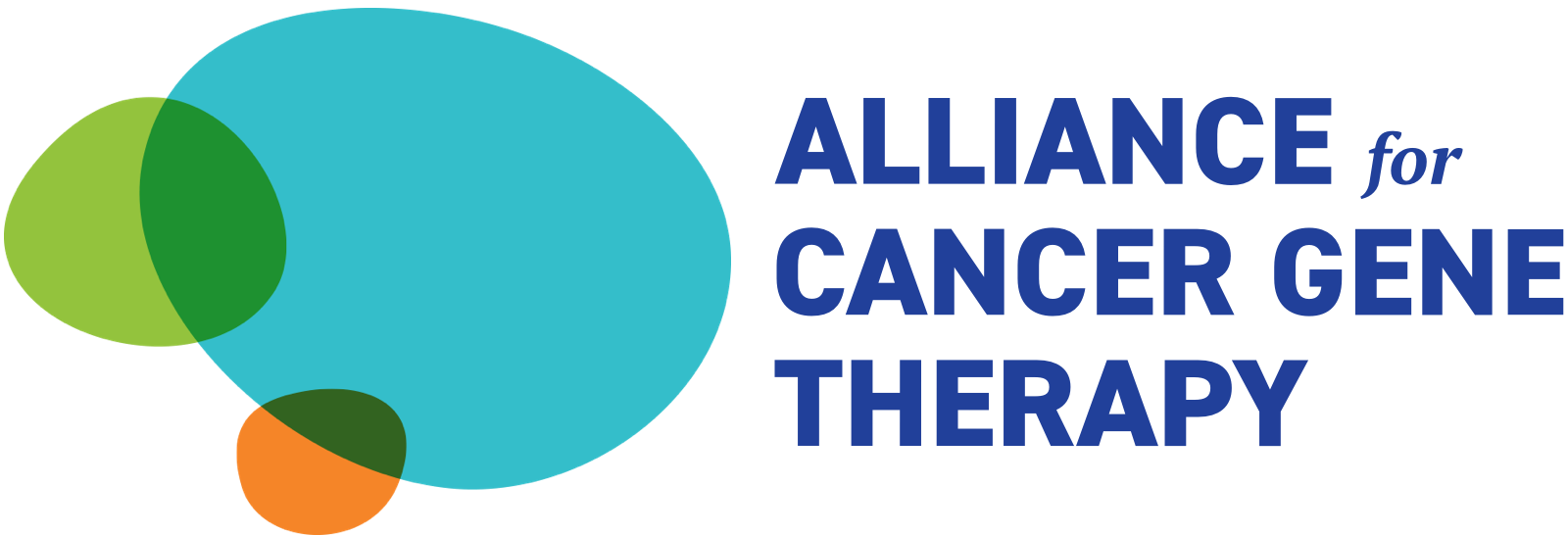Drilling down into the DNA.

Marco Gallo, PhD
University of Calgary
Not all glioblastoma (GBM) cancer cells are functionally identical. Those with properties reminiscent of normal stem cells have been proven to initiate tumor growth and to evade current therapies. Those are the cells Marco Gallo, PhD, seeks to destroy.
The unique role, value and opportunities offered by stem cells began to emerge while Dr. Gallo was earning a PhD in medical genetics at the University of British Columbia (Vancouver, BC, Canada). As a post-doctoral fellow at the Hospital for Sick Children (Toronto, ON, Canada), Dr. Gallo was further inspired by mentors who worked to understand the nuances of DNA packaging. On a cell-by-cell basis, DNA packaging determines which genes are turned on and which are turned off, which explains what cells do and how they function.
When Dr. Gallo established his own laboratory at the University of Calgary Cumming School of Medicine (Calgary, AB, Canada), he focused this research momentum on the staggering odds faced by patients diagnosed with GBM. While new treatments were emerging for other types of cancers, very little progress was being realized for GBM. Dr. Gallo became determined to change this by going back to basics and drilling down into the DNA of cancer stem cells (CSCs).
“Fundamental biology has unlocked medical mysteries for centuries and it is an incomplete understanding of the biology of GBM that allows it to thrive,” says Dr. Gallo.
With funding from Alliance for Cancer Gene Therapy, Dr. Gallo and colleagues conducted pre-clinical studies that advanced an important understanding of the complexities of DNA packaging in GBM CSCs. They learned that DNA packaging in GBM CSCs allows expression of a gene called CD276, and targeting cells that expressed CD276 significantly reduces the pool of cells with CSC function – a promising approach given that some immunotherapies leveraging CD276 are now in clinical trials.
Dr. Gallo’s Alliance-funded examination of DNA packaging in GBM CSCs also reveals that although many similarities and patterns can be recognized, DNA in GMB CSCs is packaged differently from patient to patient.
These results inform the analysis of the short- and long-term impact and success of innovative gene therapies and were reported in the August 2019 issue of Genome Research — High-Resolution Structural Genomics Reveals New Therapeutic Vulnerabilities in Glioblastoma. In addition, they were shared with other cancer researchers via presentations at five scientific conferences in 2018 and 2019.
“But more studies are needed. Finding new ways to target cells is critical to developing effective treatments,” says Dr. Gallo. “Everyone in our lab is very dedicated to better understanding how GBM works, so we can actually make a difference in people’s lives. We are fortunate to have organizations like Alliance for Cancer Gene Therapy believe in us.”
“More studies are needed. Finding new ways to target cells is critical to developing effective treatments.”



